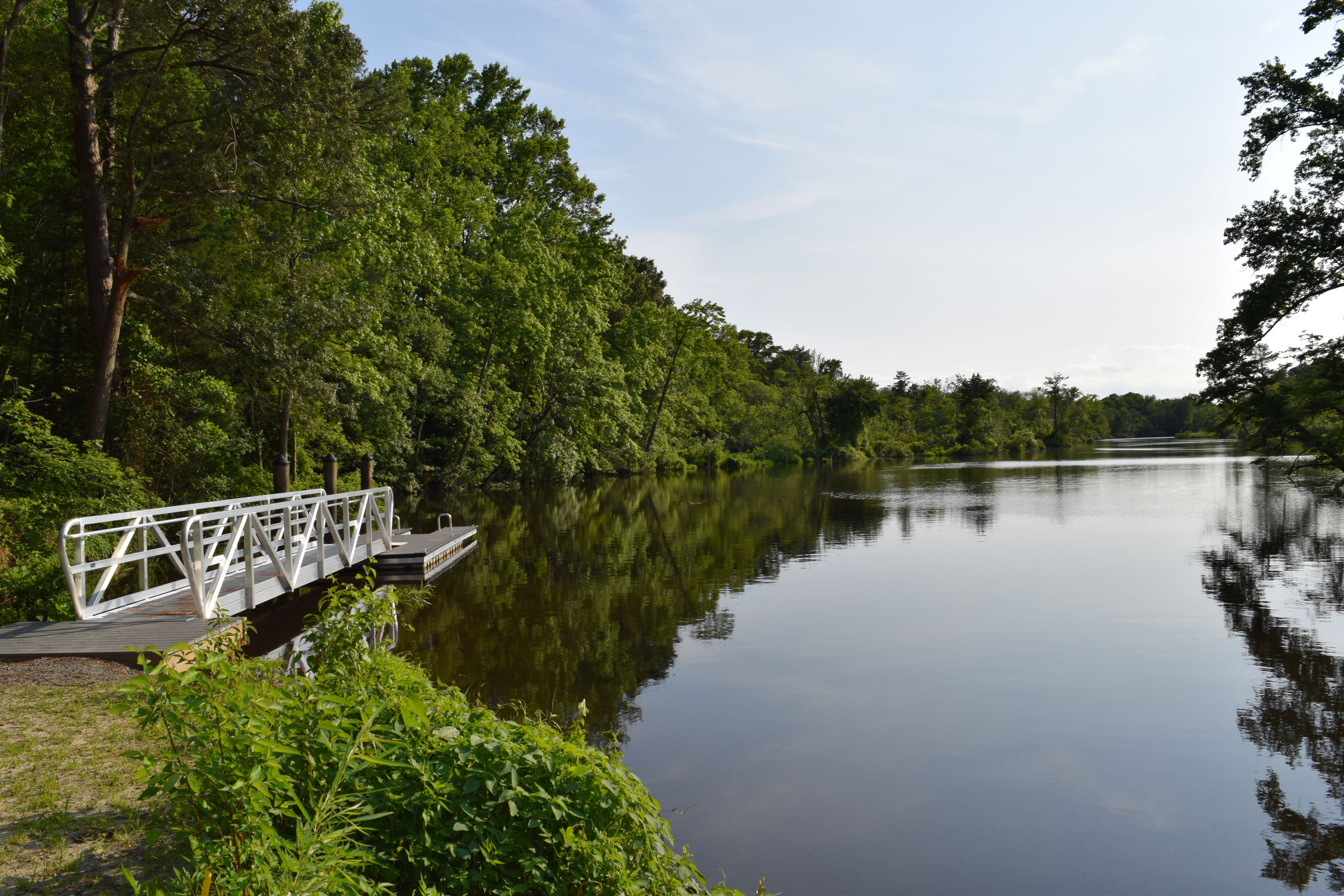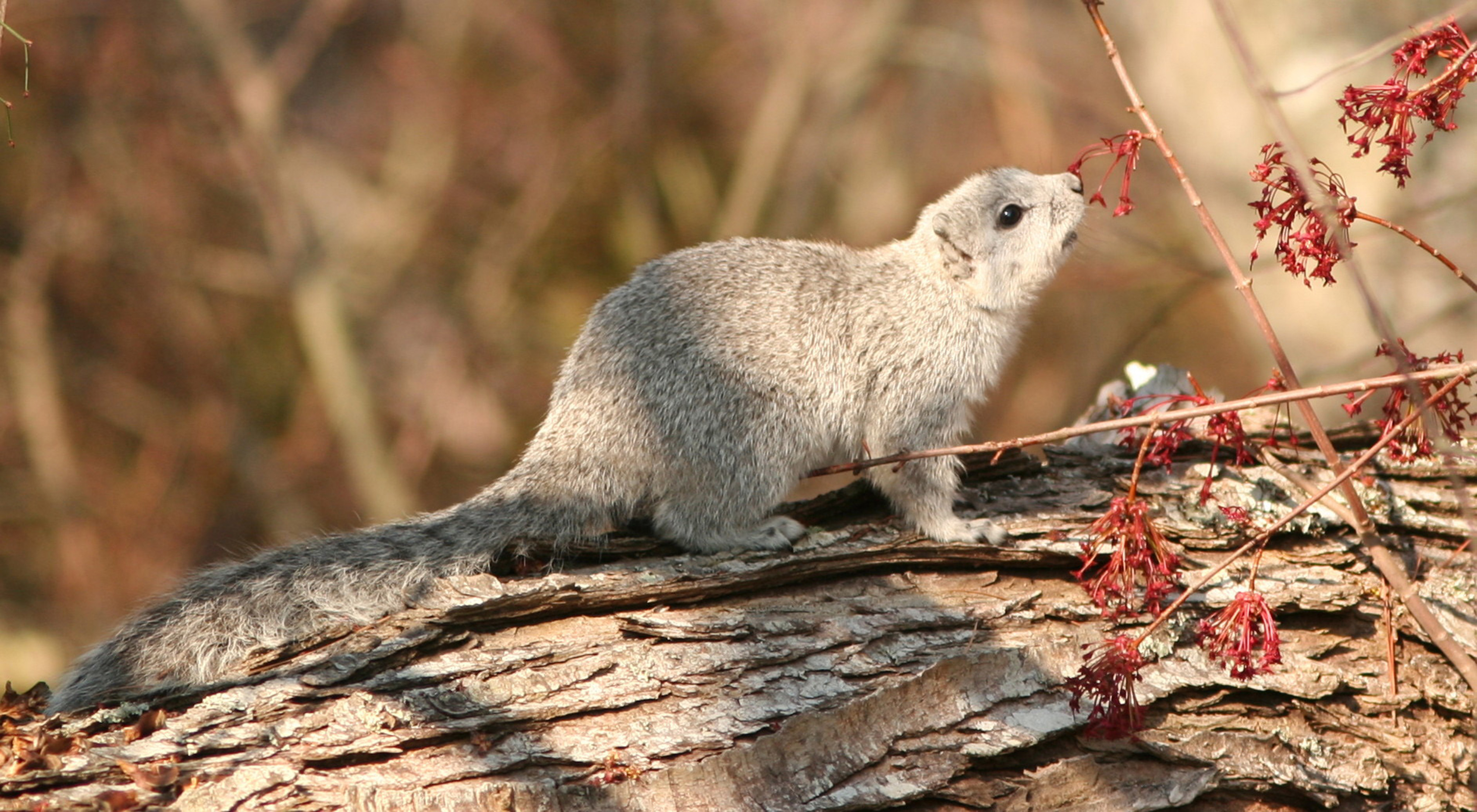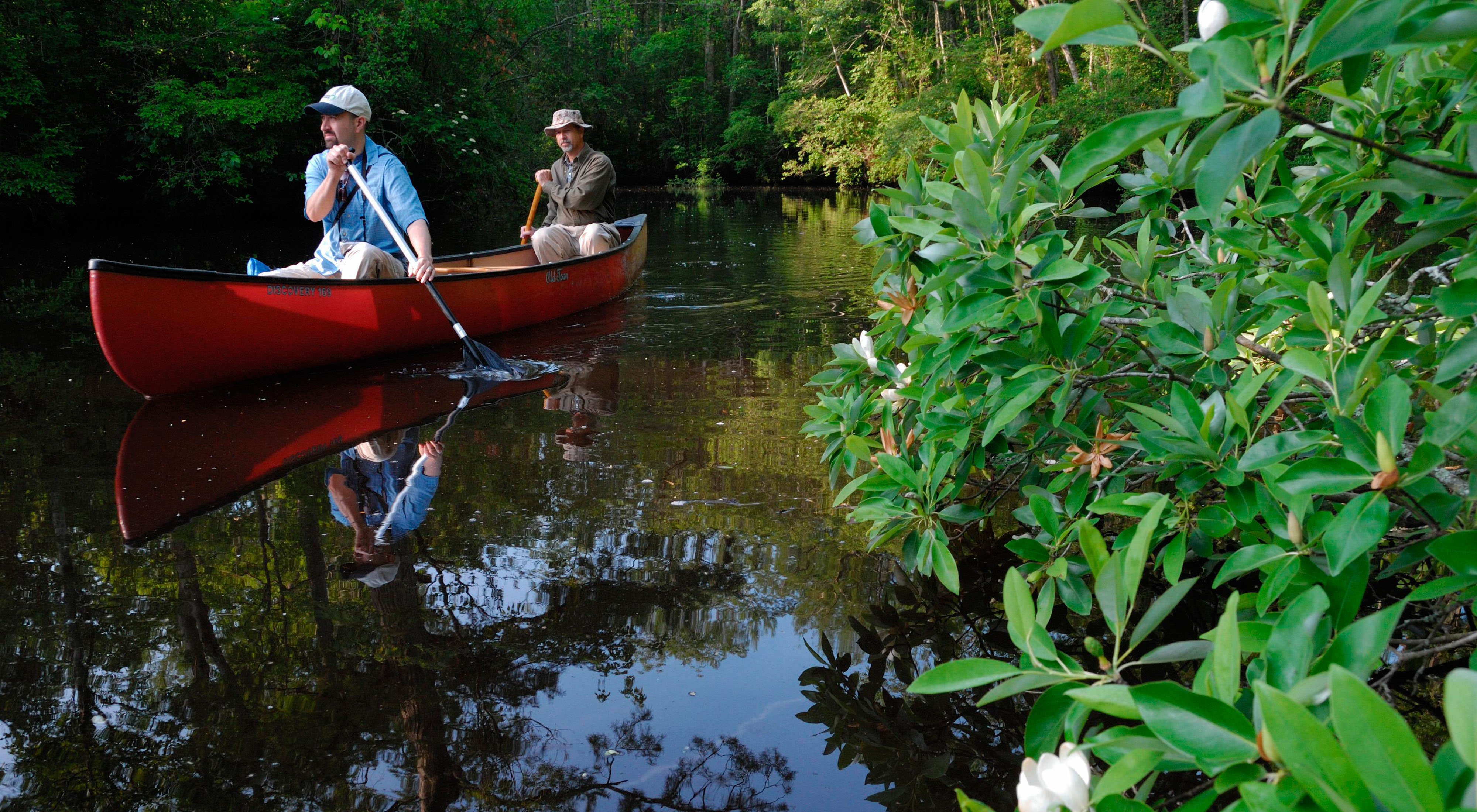Description
In 1997, Austin “Pete” Okie and his family provided financing and other assistance to establish a TNC preserve along the banks of the Indian River in Sussex County. Today these 403 acres of lands and waters comprise the Bullseye-Ferry Landing Preserve.
Soon after, Pete and his family placed their farm under conservation easement with TNC. It was our first conservation easement in the state, paving the way for use of this creative tool to expand our work by another eight easements protecting 1,344 acres of some of Delaware’s best natural habitats. Because of their efforts, TNC recognized the Okie family as national Conservation Heroes during our 50th anniversary.
In 2007, TNC again worked with Pete Okie to protect an additional 118 acres of family lands. After TNC established permanent protections for the property, the land was transferred to the State of Delaware, which established the Marian R. Okie Memorial Wildlife Preserve at Poplar Thicket.
_TNC_4000x2200.jpg)





